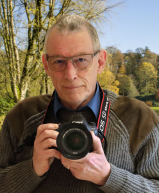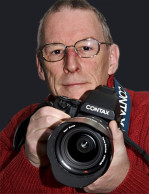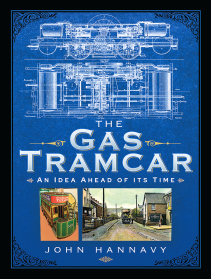Cameras
Since rationalising my equipment in 2018, I have just one camera to carry around – the superb Canon 5D MkIV. It is remarkable that the pixel count on a 35mm DSLR now surpasses that which only medium format cameras could offer just a few years ago. My lens kit now comprises four of Canon's finest – the 24-105mm L IS II zoom, a 70-300mm zoom, the wonderful 14mm with its nearly perfectly rectilinear geometry, and the 24mm tilt/shift lens. And it all fits in a 30 year old Rimowa rigid shoulder bag which, at the time of writing, can still be stowed in the overhead lockers on most airlines.
I only finally went fully digital in 2008, when I got my first Canon 5D – eventually replaced by a MkIII – and added a PhaseOne digital back to my much-loved rollfilm Contax 645. That camera, coupled with the superb quality Phase One P45+ digital back and a range of lenses, produced image files of awesome size and quality and cost almost three times what I paid for my first house! It was with some reluctance that I had to sell it in spring 2018. After an accident in 2016, the camera, its digital back and caseful of lenses was just getting too heavy for me to lug around..
Before getting the Contax, I travelled light for a few years, using Fuji's remarkable GA645W on many of my travels. It was light and relatively inconspicuous - great when baggage weight is an issue - and fitted with a superb wideangle lens. It is seen here around my neck at Bellapais Abbey in Northern Cyprus in 2004 while recreating John Thomson's Victorian journey to Cyprus for the Great Photographic Journeys project. (photo: Kath Hannavy)
Back in 2003, the nice people at Hasselblad allowed me to spend some considerable time getting to know, and working with, their H1 kit - state of the art at the time. This picture was taken in the grounds of the Taj Mahal in Agra. A lot of the pictures for the Great Photographic Journeys project were taken with this superb instrument. In the 1970s and 80s I had owned and worked with a range of Hasselblad cameras - the 500C/M, the 2000FC, and the amazing Superwide C, but even so, the capability of the H1 was quite a revelation.
In the 1980s, I was asked to review the new Fujifilm GX680 for one of the country's leading photo magazines - and got hold of the first one in the country. I bought it after only a few weeks of putting it through its paces. It was big and bulky, but had all the camera movements usually associated with the large format Arca sheet film camera I had been using for years beforehand. For more than a decade, the 680 with its massive rollfilm frame size travelled the world and met my every need.
The photographer as a young man - photography can be a cruel reminder of the passage of time. My first quality medium format camera was a Minolta Autocord – given as a Christmas present by Mum and Dad in 1963 – with its wonderful sliding focus bar along the bottom which was great when using the camera one-handed while holding a big flash gun with the other as I did when photographing the leading pop groups of the 1960s, including the Beatles and the Rolling Stones. I replaced that with the Zenza Bronica S2a in 1968 which, along with a Nikon F, stayed with me until I got my first Hasselblad in 1975.
I used to be regularly asked by students what my very first camera was – well here it is, an Agfa Isola 1, bought in 1958. It was really only a glorified 120 film box camera, but was designed to look like a 'real' camera, and that, for a 12-year old, was a good enough reason to buy it. New, it cost £4.16s – in those days that involved saving several weeks of pocket money. I replaced it with an Agfa Silette in 1961.









